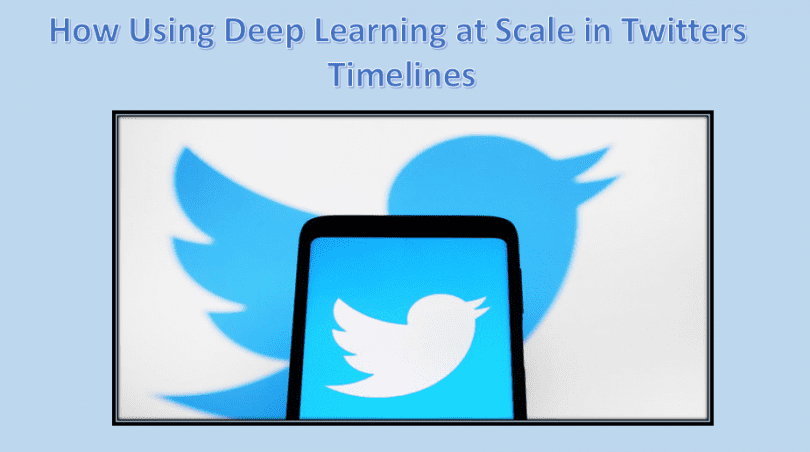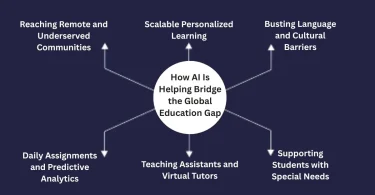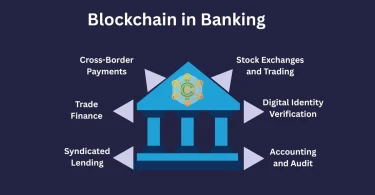The most basic use case of a social media platform is for people to share things like updates, tweets, links etc. There has been research around how this could be done but there have also been a lot of hype around using these tools as “personal assistant” in many ways. We need to understand what their benefits are and build them into our product. So, instead of building one from scratch (which would be costly and time consuming), we’ll try to use existing libraries that already have some great features to offer. This way we can improve how they work without having to do any customizations or code changes. Also, getting started will give us a sense how well does it actually work?
A common approach is to write down your desired feature that gives a glimpse about what’s important for your users and what makes them happy. You can always run experiments on different datasets to see if something is working and try to replicate the findings. The next steps would be to figure out what features you need and how to collect and store them. It’s not just about collecting data but the process behind it. An example of this would be deciding what topics you’d want to monitor. If the amount of content, you want to make sure you design it carefully and make sure every component in the stack is part of the bigger picture.
Designing a good interface is crucial but designing the algorithms and models you’re going to use for each piece is equally important. Don’t forget to think of the business goals when designing the algorithm. The more complicated the model or the more features you have to train on, the harder it gets to get a good baseline out of it. Not only should you implement the best available model using whatever libraries you can find but it must also be easy to understand or else your customers won’t understand what it is doing.
The final step and the most important one is to try various techniques and measure the impact. This can either take place as a live demo or test data. Experimentation is key here if you’re looking to solve an industry problem by experimenting with new methods. Just make sure you implement the right metrics so you can measure what works and what doesn’t. Make sure even if you come up with the wrong implementation it pays off later.
This approach has helped me focus on smaller things that really matter and keep trying until you realize what I was actually optimizing towards. What I wasn’t focusing on and what probably have not made much difference but the results are much more satisfying.




Leave a Comment